March is International Women’s Month and previous years I have blogged about my own female ancestors. Time flies as I thought I wrote about My Four Great Grandmothers last year, but it was back in 2016. This year I decided to write about some of my favourite resources for finding women.
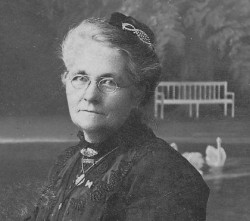
Elizabeth Price
Women can often be hard to locate as they were not often mentioned in the records. If they were, it might have been as Mrs Price, or Mrs Thomas Price but rarely as Elizabeth Price. The latter is my great grandmother who was a deaconess in the Baptist Church in Charters Towers. The yearbooks only have her as Mrs Price or Mrs T Price. So when searching for a female ancestor, look under the husband’s name too. I nearly missed finding an obituary for another female relative as not once did the obituary mention her name, only her husband’s.
Below are some of the resources I have had most success in locating my own female relatives.
Australian Women’s Register
The Register currently has almost 7000 entries with references to over 4200 archival resources, over 8650 published resources and over 1250 digital resources relating to women and women’s organisations. There are various themes such as occupations or place or you can simply search. While not all women are listed, there are links to various church records where women were involved or organisations such as the Country Women’s Association. Trade unions are also relevant as many women were nurses or teachers. Simply browse the categories to appreciate the various resources and how they may assist your own research.
Cemeteries
Death is one area where we can find women. Many cemeteries have burial records online now, and there may even be transcripts or photographs of the tombstones online. BillionGraves and Find A Grave are two portal sites but remember to also look at local government websites for burial records. Another favourite website is the Ryerson Index which is an index to death and funeral notices across Australia. Remember to check the coverage and as a volunteer project, it is continually being added to.
Military Records
This is definitely for more recent female relatives, but many women enlisted in the military during World War 2. My mother in law joined the RAAF and her file has been digitised and is available online through the National Archives of Australia. There is even a lovely photograph of her as a young woman dressed up with her pearl necklace on. The Archives Fact Sheet 39 Civilian Service in World War II, lists women’s agricultural groups while Fact Sheet 32 RAAF Service Records outlines the type of documents that might be included in a person’s file. It is a good idea to browse all the fact sheets in case something else is relevant to your own research.
Newspapers
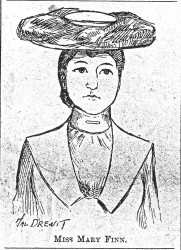
Mary Finn newspaper sketch 1903
Digitised newspapers online via Trove have truly allowed researchers to find all types of information on female ancestors. We can find them mentioned in wedding notices, funeral notices, obituaries, divorce cases, witnesses in civil and criminal court cases, attending church fetes and other community events.
It is definitely worth searching for all of your female relatives. I learnt that some of my Dad’s cousins were great ballroom dancers. Trivia certainly, but it does help me to understand more about their lives and what growing up was like back then.
School Records
Girls did go to school and can be found in the school admission registers. These usually give date of birth, father’s name and occupation, date started and date left school and when they moved into each grade.
In Queensland the registers and other school publications have been indexed by the Queensland Family History Society and are available via Findmypast. I also noted the other day that FamilySearch has South Australian school registers. Remember to check coverage as most of these indexing projects are ongoing.
Conclusion
This has only been a brief look at five of my favourite resources when looking for female relatives. For the rest of March why not spend a little time trying to find out more about one of your female ancestors. Even the smallest details can help us to better picture their lives and times. Without them, we would not be here. It is only fitting that we remember them as best we can.

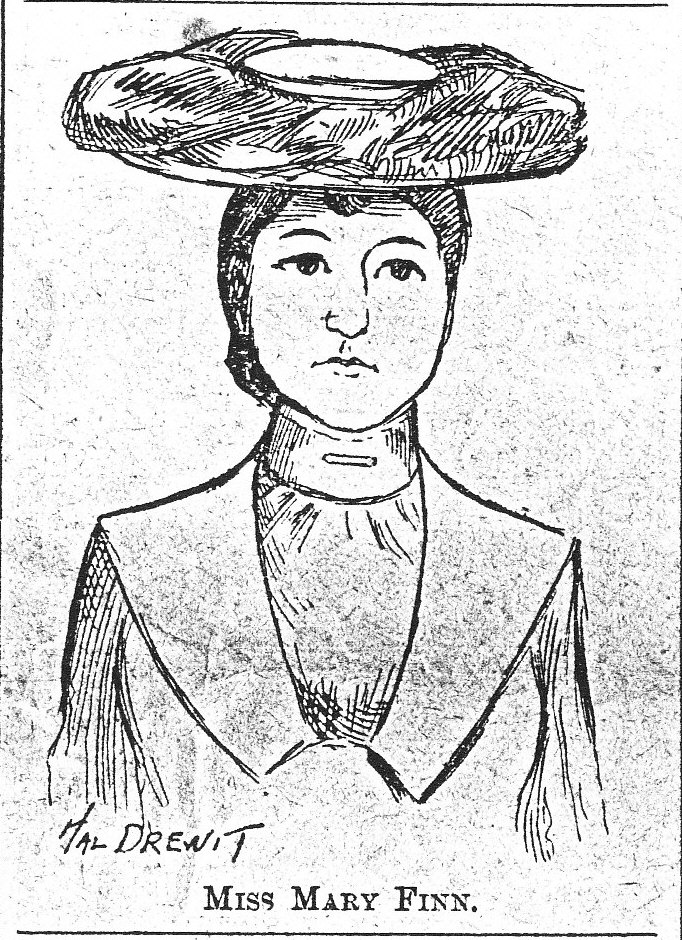
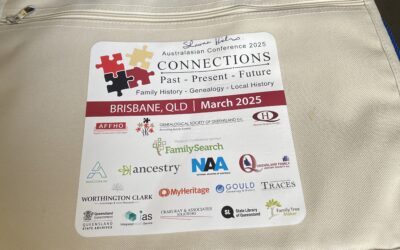
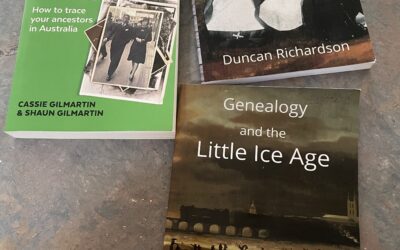
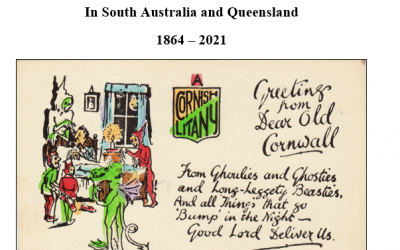

0 Comments